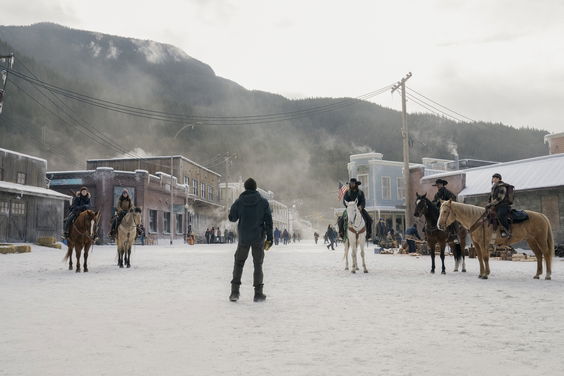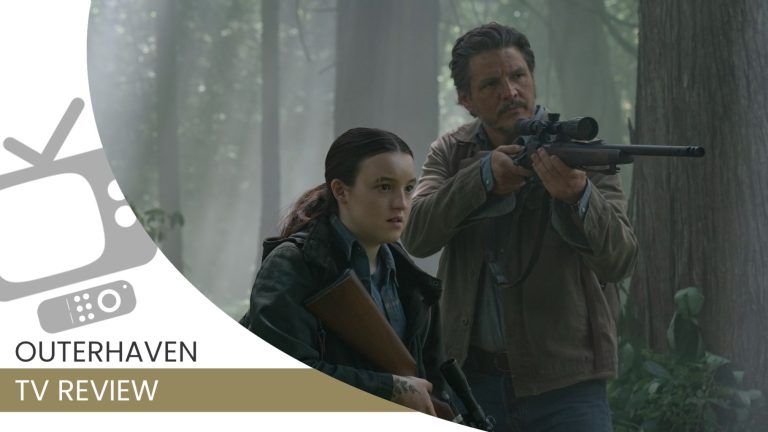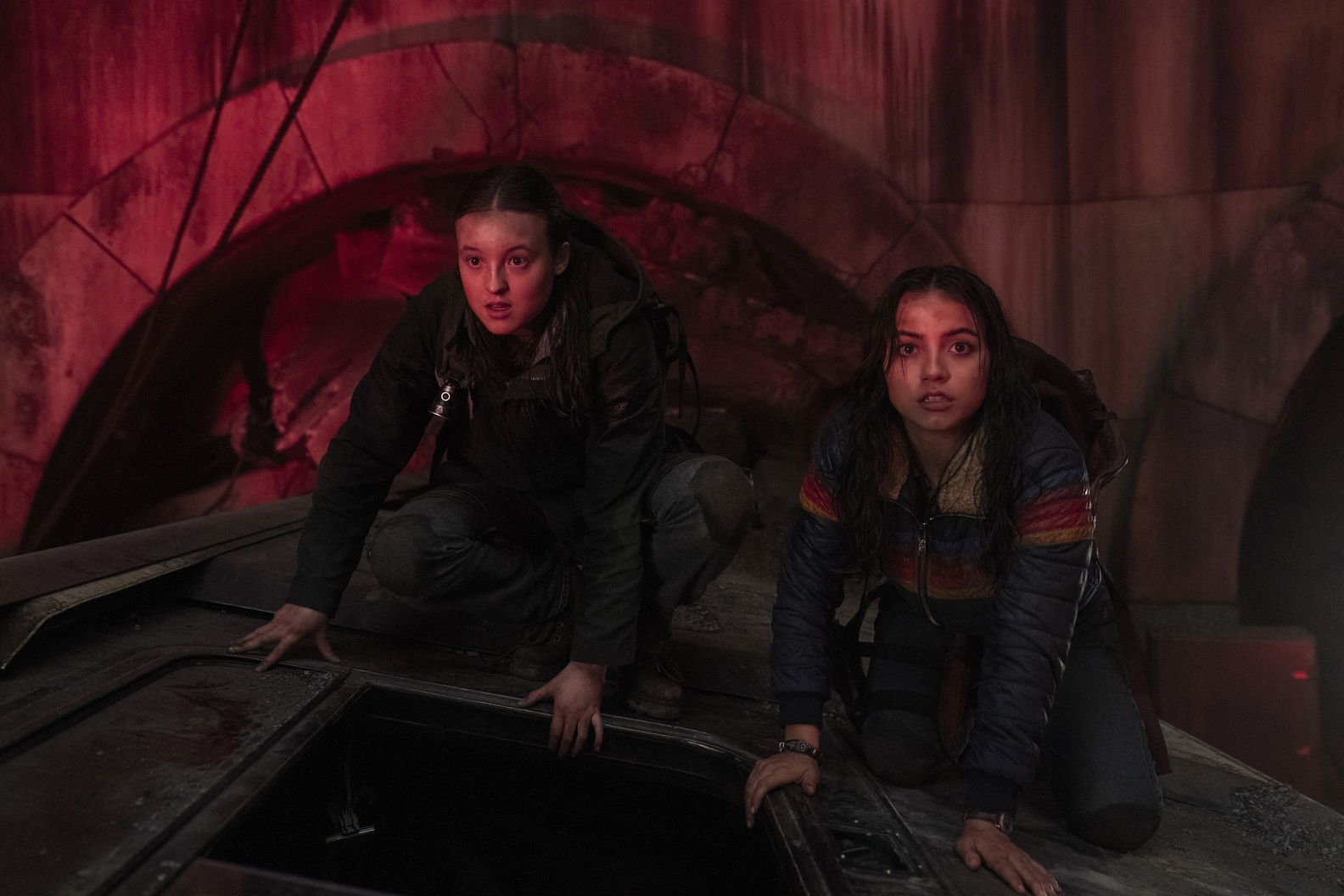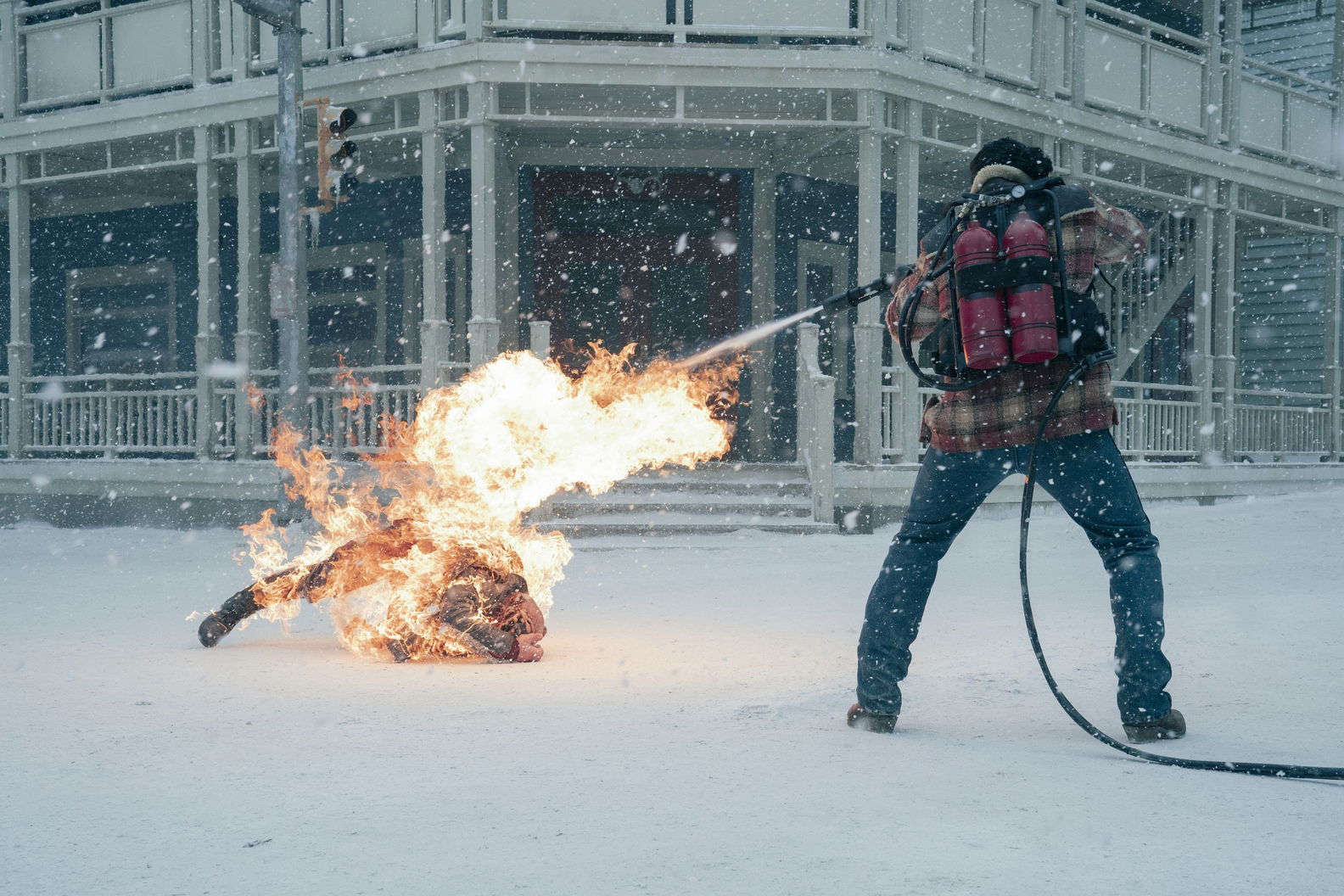When the first season of The Last of Us arrived on HBO in 2023, fans of the game waited with baited breath to see how this adaptation would go down. And for the most part, it largely triumphed. But for the second season of The Last of Us, showrunners Neil Druckmann (who created the game) and Craig Mazin had their work cut out for them. How to adapt a sequel that polarized many players?
Notably, they made the decision to break the second game into three seasons. So The Last of Us season 2 adapts roughly a third of the second game, focusing more on Ellie than Joel in her journey to Seattle to seek revenge for a wrong done to her. Much like the choice to split the game into three seasons, the second season of the show makes choices for the better and some for the worse. Like a pack of infected, its seven episodes hurtle along quickly with occasional bloaters.

The Community of The Last of Us
The second season picks up five years after the end of the first, with Joel and Ellie living in the self-sufficient community of Jackson, Wyoming. We meet a number of the residents here and get a sense of how this colony in the wilderness survives and even thrives. While the first season was a fairly lonely affair, focusing on Joel and Ellie’s trek, season 2 pulls back and places more of an emphasis on the characters and situations around them.
As for the cast, Pedro Pascal returns as Joel Miller. Even though he doesn’t appear as much in this season, Pascal has the opportunity to show off his range and ability to play complex characters. When we’re reintroduced to him, we learn that Joel has become estranged from Ellie, which may have to do with the fact that he killed an entire hospital’s worth of people to prevent Ellie from getting sacrificed to find a cure.
Through eyes that go from soulful to stern and a voice that goes from yearning to unyielding, Pascal conveys a man continuously trying and failing to reconcile with his surrogate daughter. He clearly cares about Ellie, but dismisses her feelings. There’s a scene towards the end of the season where the two talk, and Pascal delivers a career high performance as he tears down the emotional walls that Joel has built up while sticking to his values.
As an older and more cynical Ellie, Bella Ramsey has a tougher job this time around. They’re a good actor, but the new material and older character don’t fit them as well. Ramsey excels at playing a younger version of the character, and whenever the show has a flashback, Ramsey appears right at home conveying a sense of wonder and sass. One line delivery in particular, when Ellie goes on patrol with Joel, had me audibly cackling. But in the present day storyline, Ramsey’s Ellie comes off as a bit one-note. The writing doesn’t often lend itself to providing moments of interiority for our single-minded protagonist.
But thankfully, The Last of Us season 2 gives us many other supporting characters with nuance behind them. Isabela Merced appears as Dina, Ellie’s friend and maybe more-than-friend who goes with her to Seattle. The show paints Dina a bit broader here than in the game, but Merced ensures that she feels more like a person than a foil to Ellie. There’s a beautiful scene where Ellie plays guitar for her, and with just facial expressions we can see Merced’s feelings towards her deepen.
The writing is kinder to Jackson residents Seth, played by Robert John Burke, and Jesse, played by Young Mazino. Seth, a minor character, shows how even close-minded people can surprise you with empathy. Meanwhile, Jesse, who plays a key role, is a caring friend of Ellie’s (and sometimes partner of Dina’s) who nevertheless has values that don’t always align with hers. The performances of Burke and Mazino convey these seeming contradictions, as people contain multitudes. Mazino in particular navigates a tough road, showing with even just a look at how he supports Ellie while being fed up with her recklessness.
Lastly, there’s an addition to the cast that plays a small but critical role. Kaitlyn Dever brings a scarred scrappiness to Abby, a woman who bears a grudge against Joel. In the game, it’s hinted at for a while, but in the show, it immediately comes out that her dad was in fact the doctor he killed at the end of the last season.
While Dever isn’t as muscular or imposing as Abby in the game, her casting is genius. She seems younger than her game counterpart, and more believable in her reckless quest for revenge. It also makes her more of a foil to Ellie, two young people butting heads with the adults around them. And of course, Dever was originally in talks to play Ellie. This makes Abby feel more like an alternate-Ellie than anything, and makes her much more sympathetic as a result in the limited time we get with her this season.
Making Their Way Downtown
Much of The Last of Us 2, the game and the show, focuses on Ellie and Dina heading to downtown Seattle to track down Abby and the Washington Liberation Front. The Washington Liberation Front, or WLF, is one of multiple factions battling it out in the shattered city. Their rivals are the Seraphites, a religious group. As the show focuses on the personal quest of Ellie and Dina, it also pulls back to show more of the macro conflict, expanding on the lore of the games.
Interestingly, the portrayal of the militias vying for control of Seattle proves the main area of improvement over the first season. Last season, the various factions Joel and Ellie encountered felt like hurdles they had to clear rather than real people. This was especially true of those that weren’t even from the game. But here, the groups feel multi-faceted and authentic. Jeffrey Wright reprises his role as Isaac, the leader of the WLF. While his role is still small, he commands two white-knuckle scenes.
The Seraphites get a rehabilitation as well. In the game, they felt like the obligatory creepy death-cult. And they’re still creepy here, but the show’s writing instills them with humanity. We see them attempting to escape persecution and suffering at the hands of the WLF. The show draws certain parallels between them and other outlying religious groups like the Amish or the Church of Latter Day Saints. This grounding helps, so that when we do see the Seraphites strike back brutally, there’s a context there.
While The Last of Us season 2 fleshes out the greater world and conflicts of the game, it still retains some of the game’s bloat. With two fewer episodes than last season, it’s disheartening to see several moments of the show struggling to fill time. The game could get away with long stretches of Ellie and Dina trekking through Seattle. You’re playing it. But to have that take up an episode and change’s worth of time in a TV show? That’s rough.
The Last of Us Changes
Much like the first season, the second season of The Last of Us makes some changes to the source material. When a major personal tragedy happens, the show also pulls back to focus on a tragedy affecting the community. Some may argue that this diminishes the impact of said loss. And that’s valid. But it also showcases ideas around “the needs of the few vs. the many” that this season explores. Mileage may vary on how fans feel about this change.
But the show’s biggest change, or its most consequential, deals with how Ellie finds out that Joel lied about what went down at the hospital. In the game, she literally schleps back to Utah to learn what happened. It’s clunky, but it gets the job done. I won’t spoil how she finds out here, but it’s somehow more chilling, sadder, and features a standout cameo from Joe Pantoliano. A little subtlety goes a long way.
Now, you may wonder how this season stakes up against the last season, and the games themselves. Personally, I would rank this season just below the first season, and of course, below the first game. But I would rank it above the second game, or the stretch of The Last of Us Part 2 that it adapts.
The first game is a masterpiece, and the first season does a really solid job of adapting it while finding its footing as a show. This second season benefits from learning from the first, while getting the chance to justify the second game’s early choices a bit more. As a shorter season that just adapts the beginning of the game, any flaws stand out a bit more. And it does have them. But overall, it’s another successful video game adaptation.
The Last of Us Season 2
Summary
The Last of Us season 2 serves as another strong adaptation of the Naughty Dog series. While it doesn’t reach the highs of the first season, it improves upon some of the clunkier aspects of the second game. In covering the beginning of the second game, it fleshes out the world, the characters, and the stakes.
Pros
- Great performances, especially from Pedro Pascal and Young Mazino.
- Compelling writing that justifies characters’ actions.
- Stunning production design.
Cons
- Pacing issues and bloat.
- Some clunky dialogue.
-
The Last of Us Season 2





